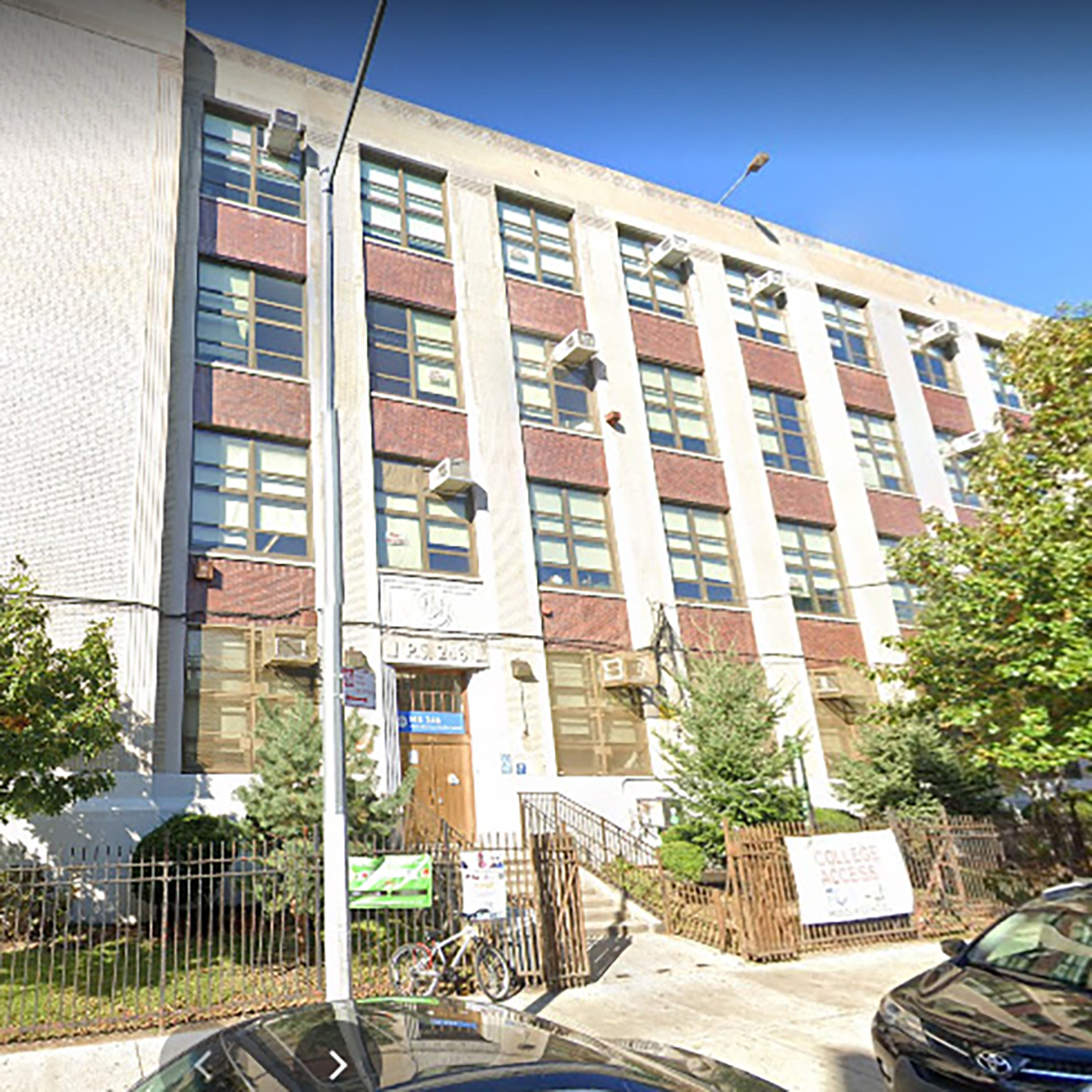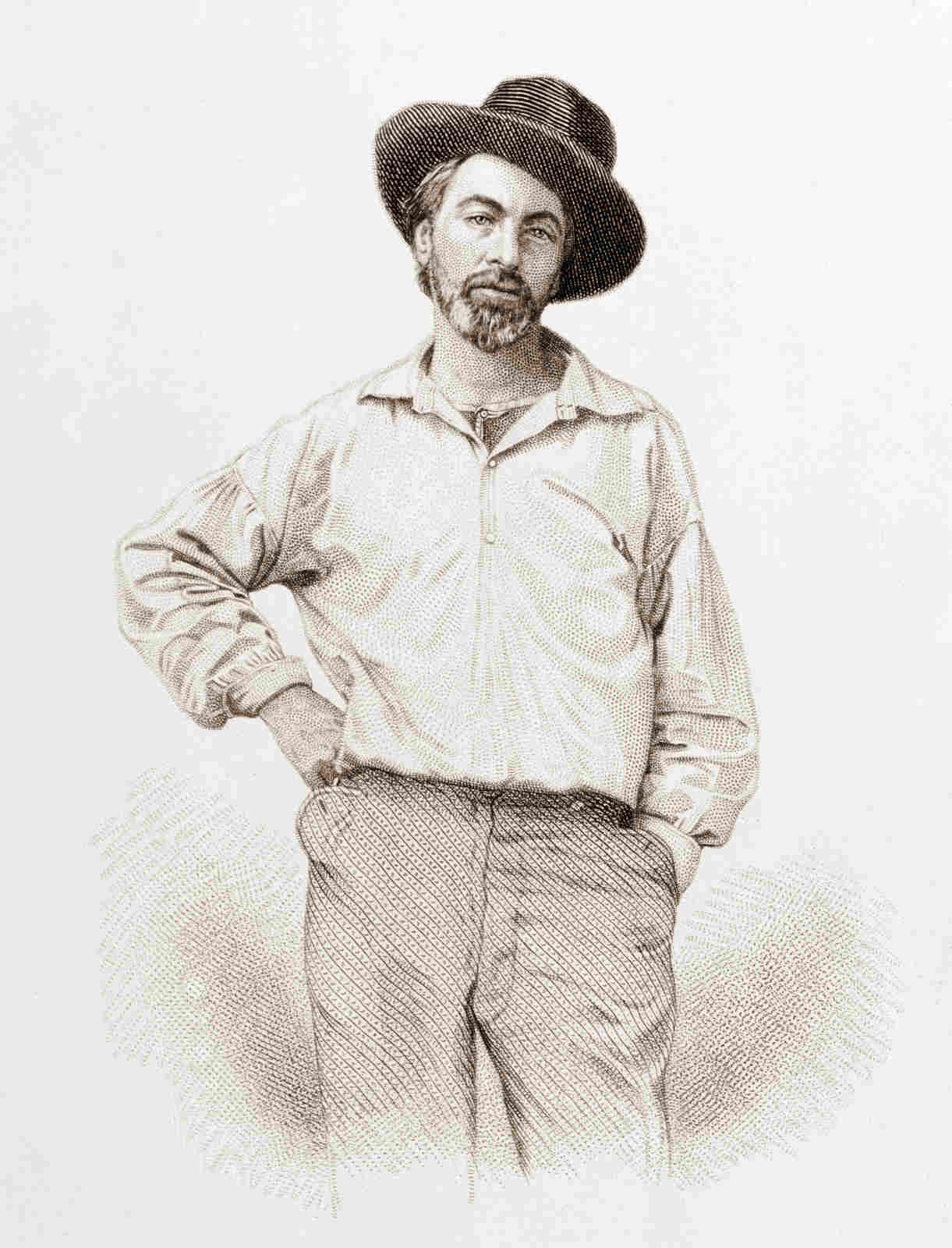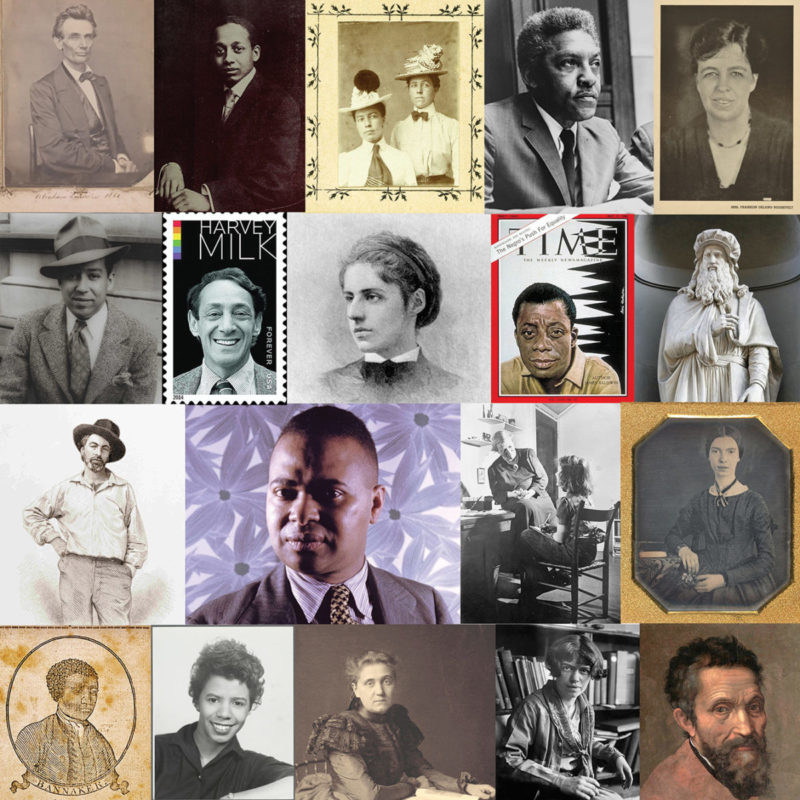
Walt Whitman Middle School 246
overview
Many New York City public schools are named in honor of prominent figures in American and world history.
Walt Whitman Middle School 246, in Brooklyn, inadvertently honors an LGBT individual.
History
Many New York City public schools are named in honor of prominent figures in American and world history. The NYC LGBT Historic Sites Project compiled a list of the 25 public schools named after gay men, lesbians, and bisexuals, although only one — Harvey Milk High School — intentionally honors an LGBT individual. This list includes Walt Whitman Middle School 246, in Brooklyn.
Walt Whitman (1819-1892), often proclaimed America’s greatest poet, lived mostly in Brooklyn and Manhattan between 1823 and 1862. He was intimately associated with Brooklyn, where he worked as an editor, journalist, and writer, and lived in many different residences. He finished his epochal first collection of poems, Leaves of Grass, in 1855. Whitman’s poetry was then considered controversial by some for its sensuality, and a later edition of Leaves included his famously homoerotic “Calamus” poems expressing male-male love. These made Whitman iconic in the United States and Europe as one of the first people to become notable for openly expressing the concept of men loving men. Today, Leaves is considered one of the most important American works ever written.
Sites on this website associated with Whitman include his Brooklyn residence and Pfaff’s in Manhattan.
Entry by Jay Shockley, project director (February 2021).
NOTE: Names above in bold indicate LGBT people.
Building Information
- Architect or Builder: Walter C. Martin
- Year Built: 1938-39
Sources
Cleveland Rodgers, “The Good Gray House Builder,” Walt Whitman Review (December 1959).
Karen Karbiener, Walt Whitman scholar, various correspondence with the NYC LGBT Historic Sites Project, 2017-2018.
Paul Berman, “Walt Whitman’s Ghost,” The New Yorker, June 12, 1995, pp. 98-104.
Do you have more information about this site?
This project is enriched by your participation! Do you have your own images of this site? Or a story to share? Would you like to suggest a different historic site?

